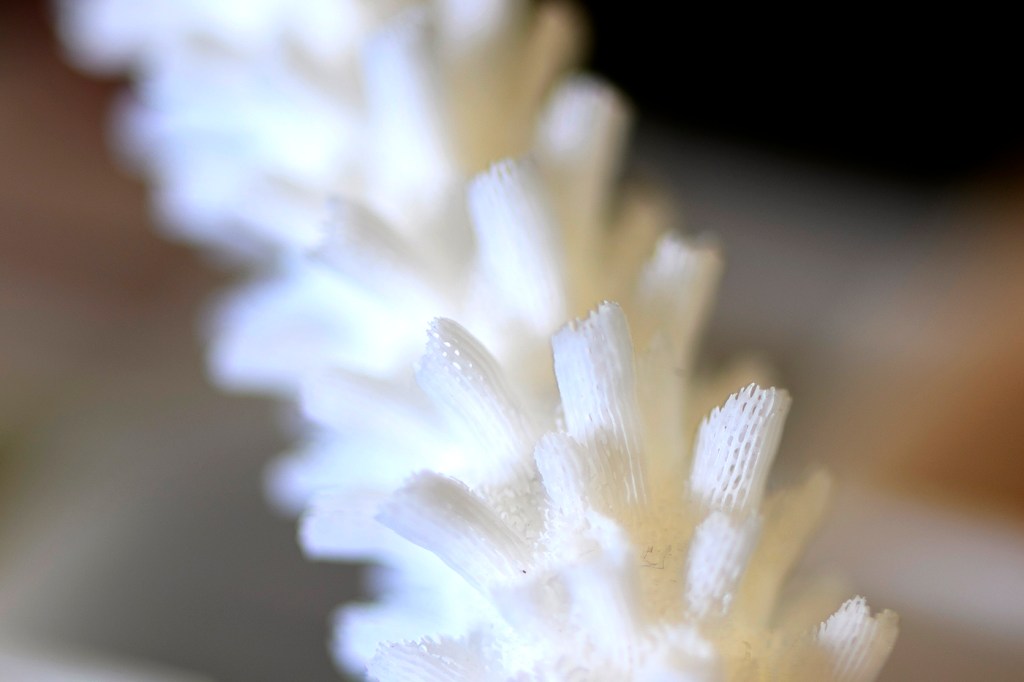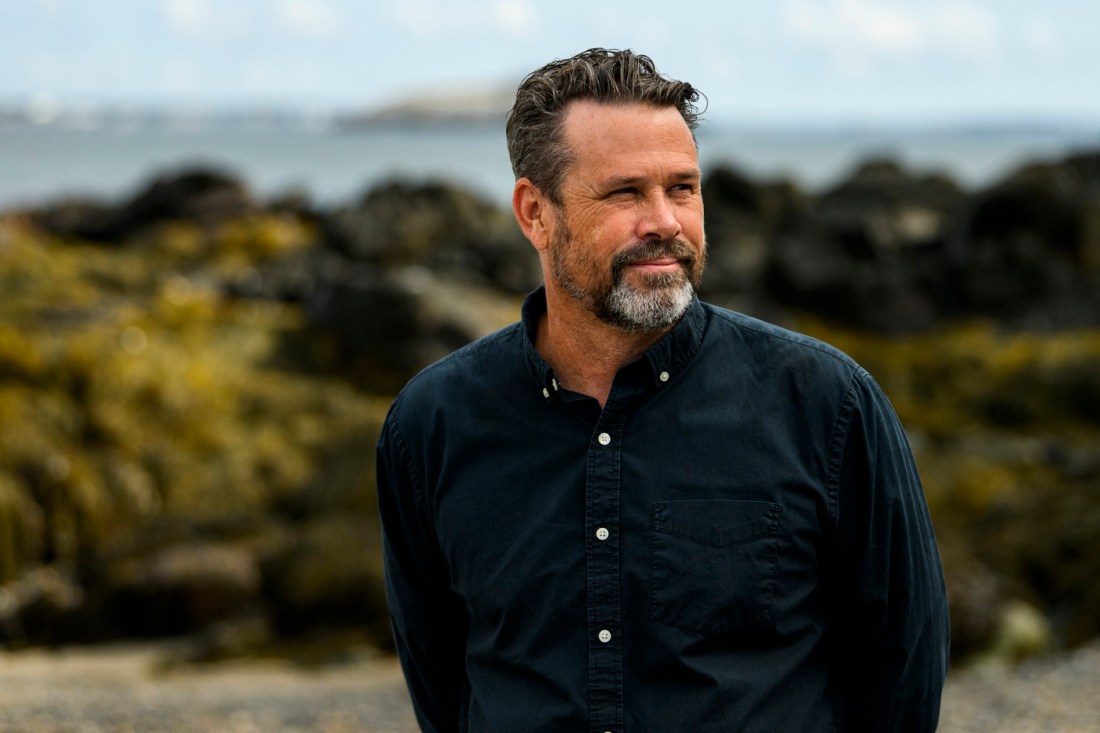What’s killing corals? Northeastern professor uses machine learning to identify a suspected pathogen

White band disease has been devastating colonies of staghorn and elkhorn corals in the Caribbean, but the major pathogenic agent has not been identified.
Until now.
Northeastern University professor Steven Vollmer says he and his team of researchers combined field work and tank experiments with machine learning models to narrow the list of most likely pathogens to a berry-shaped bacteria known as Cysteiniphilum litorale.
Number two on the list is another type of aquatic bacterium, a type of Vibrio, which Vollmer suspects is more of an opportunistic pathogen.
“Cysteiniphilum is the cause,” he says.
What is white band disease?
Vollmer has done extensive research on white band disease, which causes bleaching of tissue or exposure of “bands” of bare, white skeleton in staghorn and elkhorn coral.
Closely associated with rising water temperatures, white band disease is one of the most destructive of coral diseases and has killed more than 90% of staghorn and elkhorn coral in the Caribbean since first being discovered in the 1970s.

Environmentalists have responded to the loss of the reef-building corals by growing disease-resistant corals and coral fragments in nurseries until they are ready to be transplanted in the wild.
To make sure the corals are disease-free, they are quarantined for three months before transplantation, says Vollmer, an associate professor of marine and environmental sciences.
He says by identifying Cysteiniphilum litorale as the major culprit in white band disease, corals can be tested and screened for the bacterium to expedite transplantation.
“If you knew you were bringing a bunch of colonies in and you screen 30 of them at a time and none of them has white band disease, then all 30 are clean.”
Hundreds, however, are pathogenic or disease-causing organisms, which poses a challenge for figuring out which ones are most responsible for white band disease, he says.
“If you’ve got 100 things that could potentially be causing disease, how do you physically try to isolate all them?” Vollmer says. He says isolating pathogens and transmitting them to healthy tissues is a critical step in the process of identifying which ones are the cause of disease.
Featured Posts
The first step for Vollmer and his research team was taking samples of 153 diseased corals and 269 healthy corals from four reefs in the Bocas del Toro region off the coast of Panama.
Then researchers trained machine learning models to run DNA sequences to identify bacterial species and their counts or abundances, which means the measure of the number of bacteria in a sample.
Vollmer says the machine learning model had a 97% accuracy rate.
“In our data we had 9,355” bacterial DNA sequences or strains, he says.
“And 604 of them were in 10% or more of individual corals,” Vollmer says. “Then 342 of them were across all time points.”
Those 300-plus bacterial strains ended up in tanks for transmission experiments in Panama.
Slurries of diseased tissue, hosed off corals with a water spray, were put in tanks with healthy corals, as were separate slurries composed of healthy tissue and seawater.
The spread of disease and further DNA sequencing allowed researchers to identify three likely spreaders of white band disease, narrowing down the list to two distinct strains of Cysteiniphilum and Vibrio.
Since Cysteiniphilum was almost nonexistent on healthy corals, and Vibrio was present in 10 to 20% of healthy corals, “we’re saying Cysteiniphilum is the most likely pathogen,” Vollmer says.
The role of global warming
Global warming plays a role in the spread of white band disease, Vollmer says.
“The prevalence is related to thermal stress,” especially when water temperatures approach or rise above 86 degrees Fahrenheit, he says.
Knowing that there’s a primary pathogen, “we can start asking if the spread and outbreak of the pathogen is somehow related to temperature dynamics?”
Another question is whether the Vibrio bacteria takes advantage of infections caused by Cysteiniphilum to feast on weakened coral hosts.
“The real magic of machine learning is that it takes interactions into account,” Vollmer says.
He says the next step is to culture Cysteiniphilum taken from diseased corals in Panama or Florida and then to use them in transmission experiments to see under what circumstances they spread white band disease to healthy coral tissue.
When corals are pretreated in nurseries it is usually with broad spectrum antibiotics, Vollmer says.
“It’s possible that now that we know what we’re looking for, we could actually have a more targeted approach. Or we could do surveillance so that we don’t have to pretreat corals in bulk because we know what’s coming in is not infected.”











